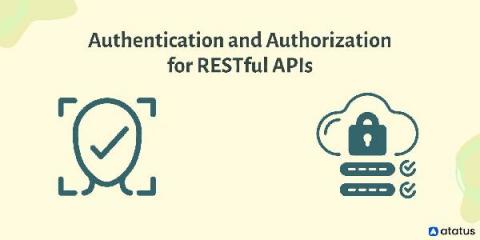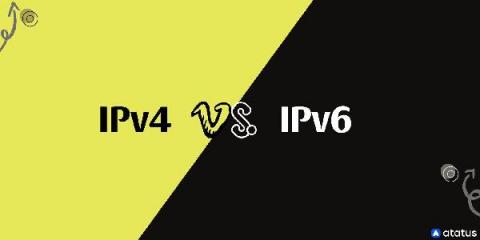An Ultimate Guide about SQL Injection for WordPress Users
The Structured Query Language (SQL) is a Relational Database Management System (RDBMS) that is pronounced like the word "sequel." It was the first simple way to store and retrieve many sorts of data on computer systems, and it was invented in 1974. Since then, the language has grown in popularity, and it is still used in many content management systems (CMS) today, such as WordPress.











